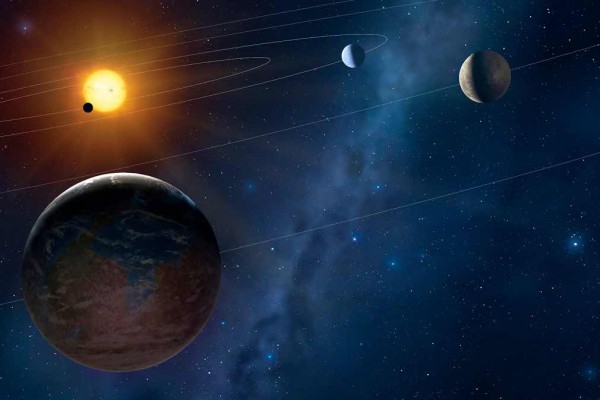The dynamic of converting agricultural and human waste into energy has been popping up in different locations here in the USA, in the UK, and in parts of Europe. Now, initial research into the feasibility of creating biogas, a mixture of methane and carbon dioxide, for transport back to the earth from a planned moon base has begun.
NASA (National Aeronautics and Space Administration) recently decided to install an inhabited lunar station between 2019 and 2024. Whether they are on target or not is unknown by this author.
They have apparently progressed enough to have researchers at the University of Florida (UF) develop a process to create fuel on location using waste materials to power the station and fuel for the return trip.
In role-reversal, technology developed for use on Earth being adapted for space travel
Spacecraft need significantly less power to launch from the moon than when launching from Earth. The moon’s gravitational pull is much less than earth’s gravity. Additionally, the moon has very little atmosphere because of the low gravitational pull so there is little frictional resistance compared with Earth’s layered atmosphere.
Once a craft is launched into outer space, it travels on initiated inertia, needing only small bursts of power to alter course as the airless space offers no resistance to a craft’s momentum.
As it approaches earth, the craft is maneuvered in a manner that slows it enough to avoid burning up from the earth’s atmosphere as gravity pulls it down. Tricky stuff, but it doesn’t require much power to execute.
The idea of creating fuel on the moon sufficient to bring back spacecraft to Earth has become a priority. It would allow spacecraft to leave Earth carrying less fuel, and perhaps a larger payload. Additionally the moon base could use that energy created from waste to power itself.
Various methods of processing a variety of waste materials for creating biogas to produce energy for electrical power plants and vehicles is being done in limited production here on Earth.
Biomas methane conversions were initially done by capturing methane produced from open manure deposits and sewage plants with undesirable results. But contained biomass converters known as anaerobic digesters were created to produce methane, thus improving biogas production considerably.
What the researchers at UF came up with
“We were trying to find out how much methane can be produced from uneaten food, food packaging and human waste,” said Pratap Pullammanappallil, a UF Institute of Food and Agricultural Sciences faculty member.
“The idea was to see whether we could make enough fuel to launch rockets and not carry all the fuel and its weight from Earth for the return journey. Methane can be used to fuel the rockets. Enough methane can be produced to come back from the moon,” Pratap declared.
NASA supplied Pratap and his assistant, Abhishek Dhoble, with “a packaged form of chemically produced human waste that also included simulated food waste, towels, wash cloths, clothing and packaging materials.”
The researchers at UF went to work designing and trying different arrangements of anaerobic digesters to determine the right balance of size and methane, or biogas, output that would be appropriate for the proposed moon base missions.
The UF team experimented with a single stage anaerobic agitated digester using mixed biomass and compared mixed biomass with unmixed biomass two stage anaerobic digester that decomposed the solid and semi-solid or liquid biomass separated from each other.
They came up with a two stage prototype digester system designed and sized for a four-person crew on a one year mission as the most efficient. Oxygen could be extracted from its byproduct, water.
Imagine a year on the moon with the all the possibilities of something going wrong. Having a system in place that would provide energy, oxygen and water seems like a great idea.
Sources:
[1] http://news.bbc.co.uk/dna/ptop/plain/A6381038
[2] http://www.alternative-energy-news.info/anaerobic-digestion-biomass/
[3] http://www.newswise.com
[4] http://www.sciencedirect.com/science/article/pii/S0273117714004098
















